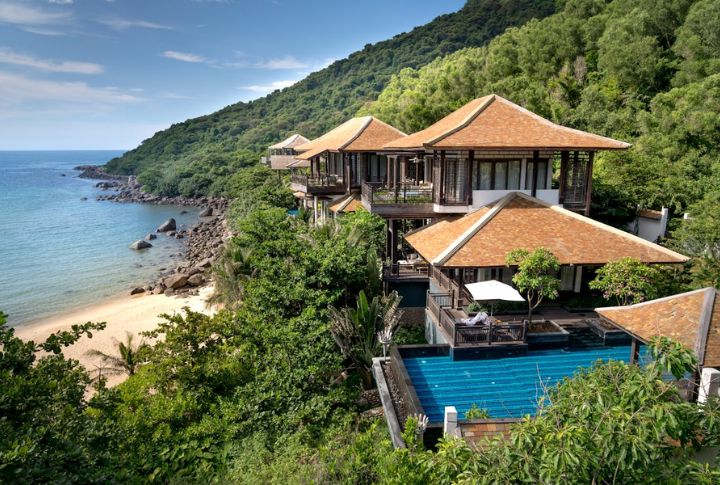
Across America, ultra-luxury houses priced above $30 million are increasingly sitting empty. According to a 2022 study by Redfin, expensive mansions are vacant nearly four times more often than average homes in the same zip codes. And in cities like New York and Los Angeles, some towers report vacancy rates exceeding 30% (The Guardian, 2023). Let’s dig into the data-backed reasons behind this growing trend.
$200 Million Trophy Homes Are Collectibles For The Ultra-Rich
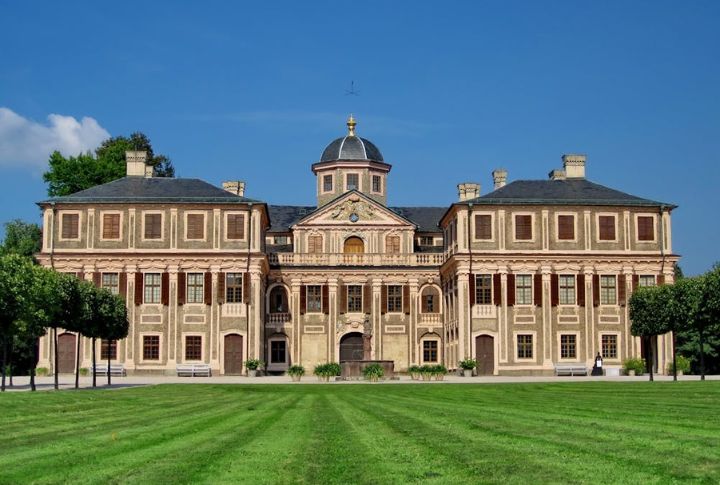
Today’s billionaires are treating houses the way others treat fine art. These mansions, equipped with helipads and private spas, serve as status symbols rather than homes. According to The New York Times (2023), many opulent estates are only occupied for a few weeks a year.
Climate Change Turns Paradise Into Risk Zones
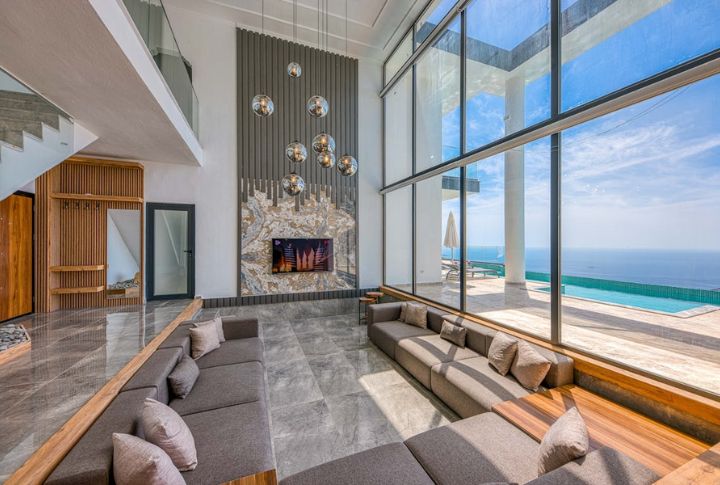
Rising sea levels and storm damage are chasing people away from coastal luxury. In fact, waterfront insurance premiums in Florida and California have doubled over the past five years due to climate-related risks. FEMA flood zone maps indicate that most oceanfront estates are located in these areas, making it harder to live there.
Heritage Mansions With High Upkeep
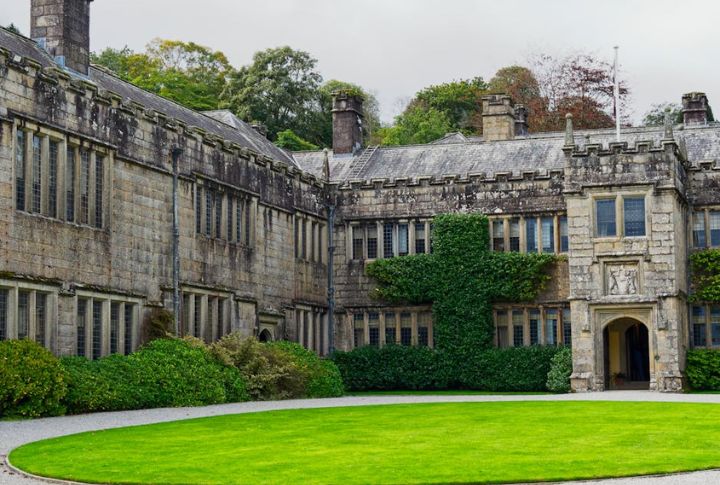
While old-world architecture still wows buyers, upkeep costs are pushing owners away. According to Forbes (2022), the average annual maintenance for a historic estate is 2–4% of the home’s value, which is over $5 million per year on a $125M home. Zoning protections prevent many upgrades, making these houses incompatible with modern lifestyles.
International Wealth, Local Darkness
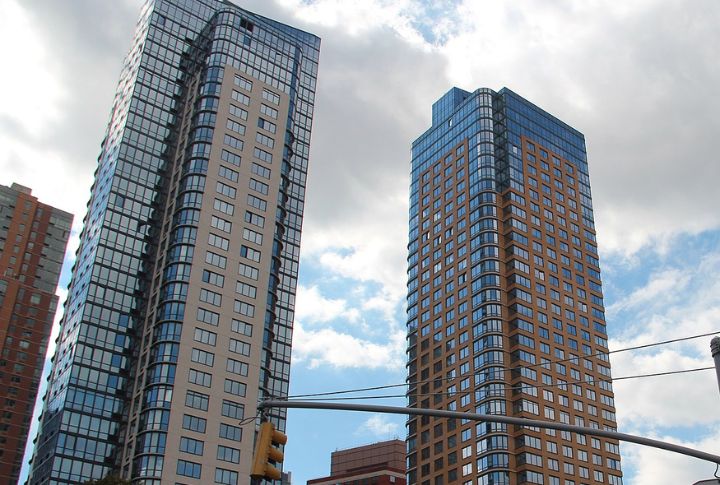
Foreign investors increasingly own expensive condos in cities like NYC and Miami. A New York Times investigation (2022) revealed that nearly 50% of condo purchases above $5 million in Manhattan were by foreign nationals. These buildings often contain an entire section with no residents.
Built For Safety But Lacking Utility
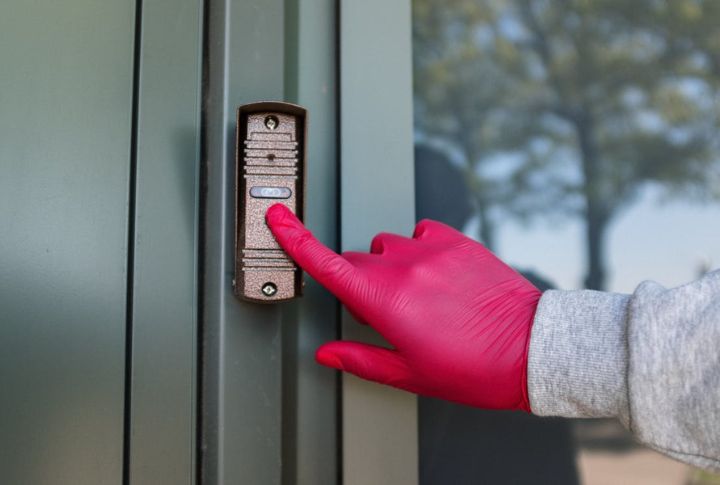
Security has become an important feature, but ironically, it’s leading to emptier homes. High-net-worth buyers are investing in biometric systems and AI surveillance, but many only visit during crises or high-profile events. These “fortress mansions” cost millions to build and maintain, yet serve as occasional safe houses, not permanent residences.
Strangled By Short-Term Rental Bans
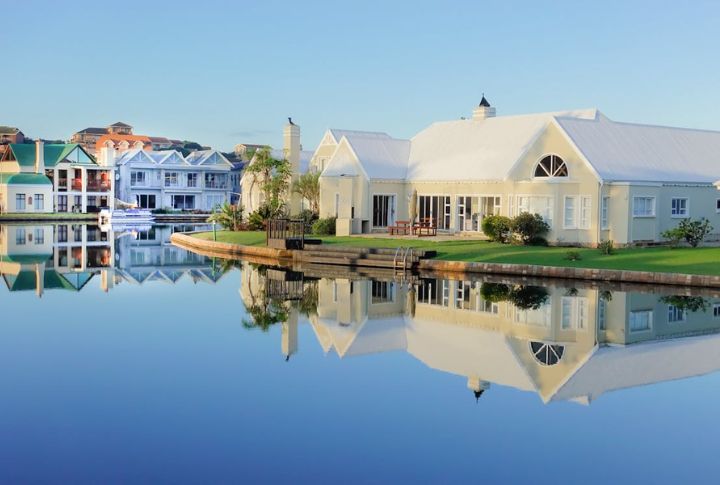
Crackdowns in luxury markets are freezing homes from short-term rentals. According to Zillow (2023), Los Angeles’s “Home Sharing Ordinance” cut legal Airbnb listings by over 70%, making it riskier to profit off expensive properties. Now, owners of $90M estates are choosing to leave them empty rather than risk legal fines.
Eco-Friendly But Functionally Vacant Homes
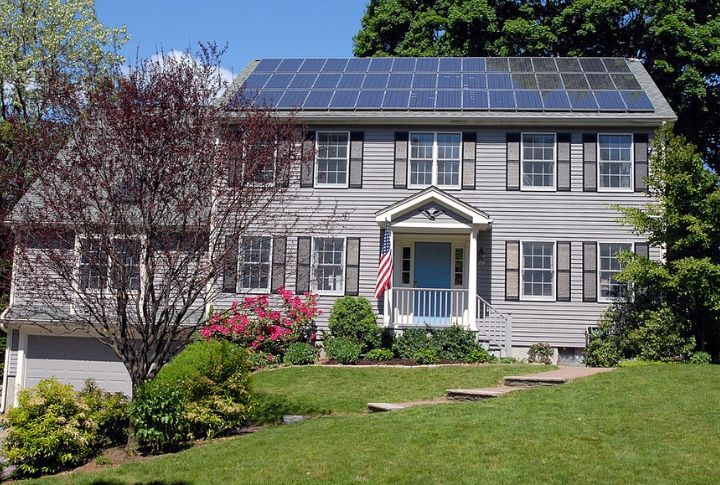
Green features, such as solar panels and greywater recycling, are gaining popularity. But as Fast Company reported (2023), many net-zero mansions in high-end developments are built to win LEED certifications, not to house families. Buyers use these as “showcase” investments, and houses often remain vacant for years.
Too Remote For Real Use
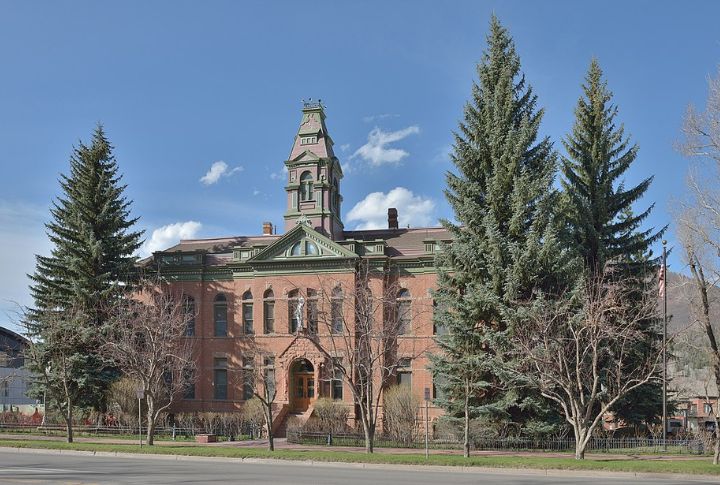
Ski lodges in Aspen or cabins in Lake Tahoe are breathtaking, but they are seasonal. A CNBC report (2023) found that some mountain communities are 80% vacant outside peak winter and summer months. With increasing reliance on private flights and remote roads, these homes are often too inconvenient to justify ownership.
Inherited, But Undesired
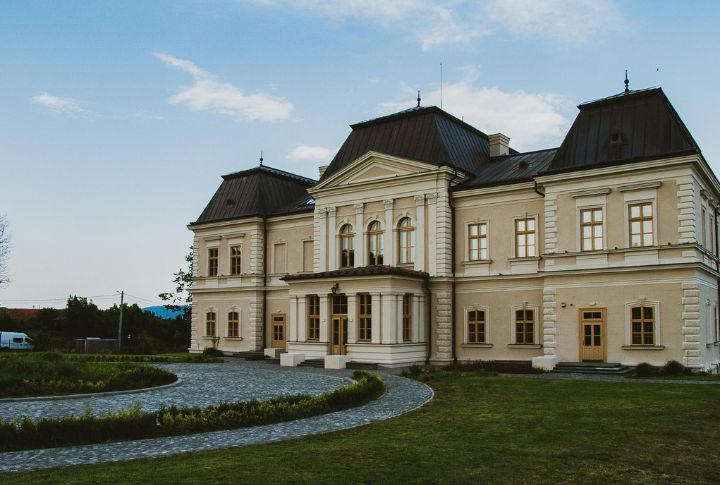
According to Redfin (2023), 1 in 4 opulent homes priced above $5 million were sold by heirs who didn’t want the property. Millennials and Gen Z prioritize convenience and sustainability. So, most of them don’t want to manage 15-bedroom estates with $100,000 annual utility bills.
Oversupply Meets Lifestyle Shift
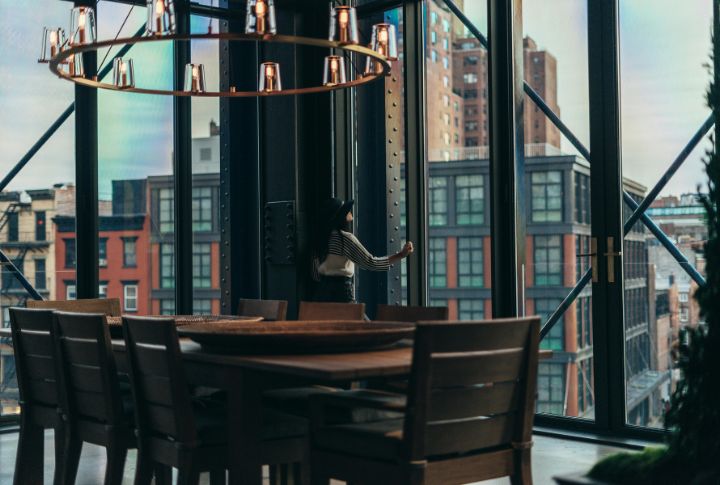
Urban penthouses were once a mark of opulence, but that appeal is waning. As of early 2024, over 1,000 expensive units in Manhattan priced above $5 million remained unsold (Zillow). Many buyers now want smaller, tech-integrated homes in walkable neighborhoods. Developers are now pivoting these excess units into private clubs.
